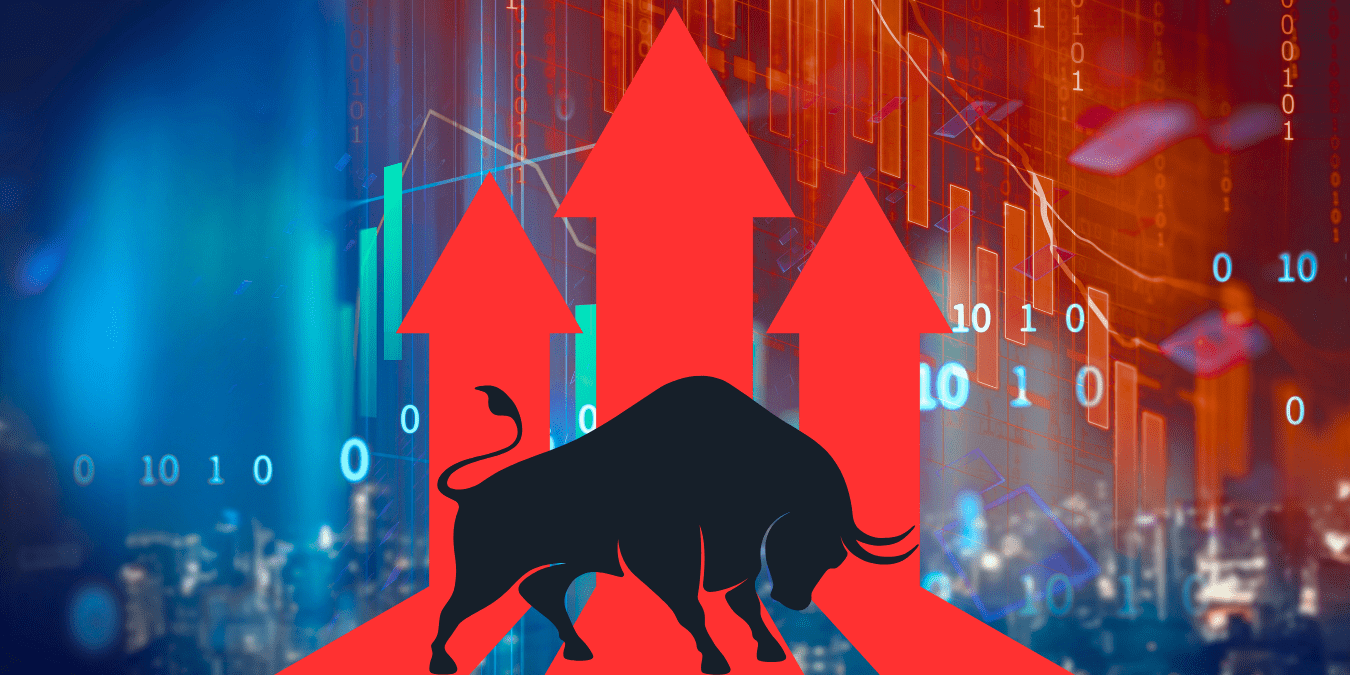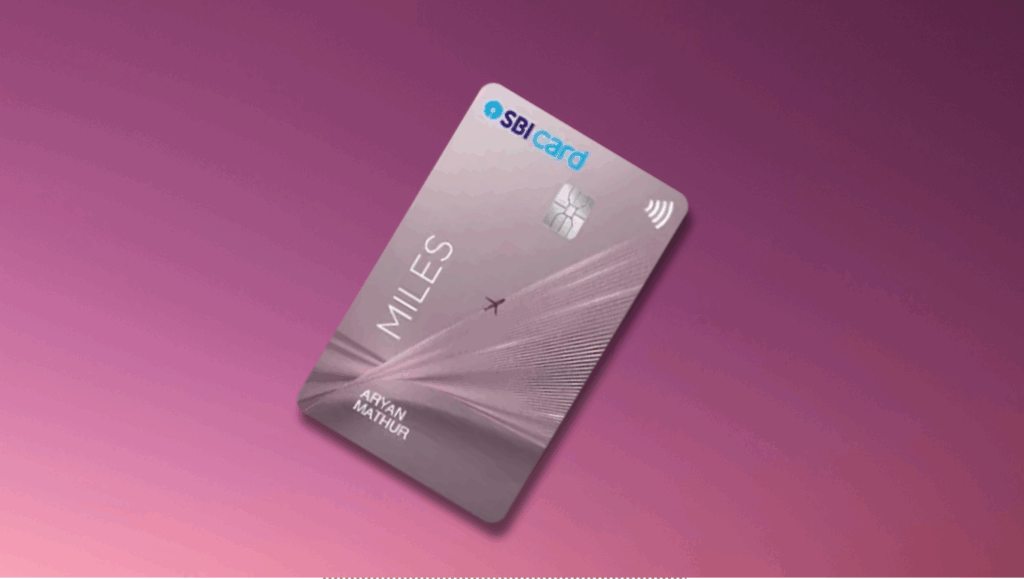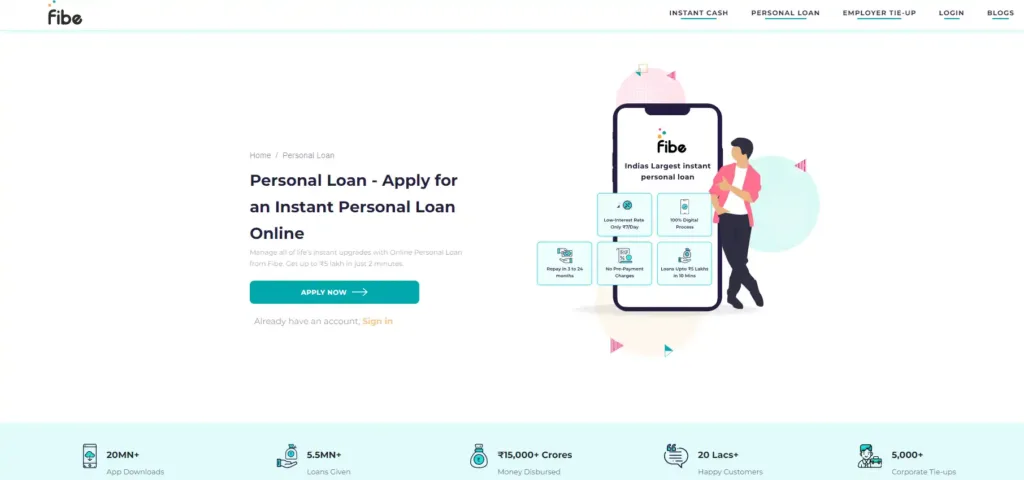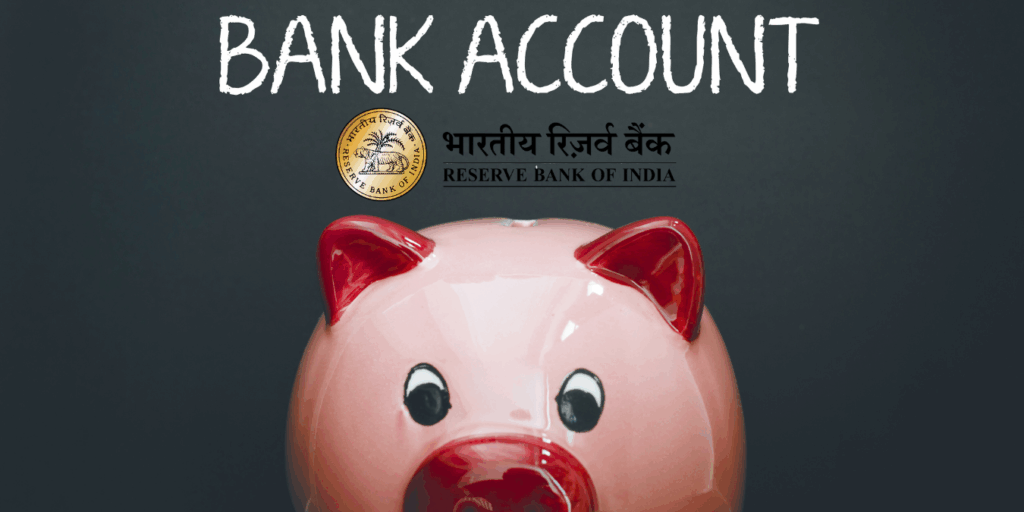
Wondering whether SBI or HDFC Bank is better? Compare profits, customer service, digital banking, loan rates, and all-India rankings. Discover which bank offers higher returns, faster services, and better security. Make an informed choice between India’s top banks!
Two giants stand tall: State Bank of India (SBI) and HDFC Bank. These institutions are not only household names but also pivotal players in shaping India’s financial ecosystem. Investors, customers, and industry enthusiasts often debate: Which bank is more profitable? And when it comes to customer service, who truly leads the banking sector? In this comprehensive blog post, we dive deep into the latest financial data for 2025, compare their profitability metrics, evaluate customer service standards, and analyze their dominance in the Indian banking sector.
Overview of SBI and HDFC Bank
State Bank of India (SBI)
SBI, established in 1806, is India’s largest public-sector bank, with a massive network of over 22,400 branches and 65,000 ATMs across the country as of 2024. Backed by government ownership (57.4% promoter stake), SBI serves a diverse customer base, from rural farmers to urban corporates. Its extensive reach, especially in rural and semi-urban areas, makes it a cornerstone of India’s financial inclusion efforts. SBI offers a wide range of services, including retail banking, corporate banking, digital banking, loans, and investment products.
HDFC Bank
HDFC Bank, founded in 1994, is India’s leading private-sector bank, known for its innovation and customer-centric approach. With 8,086 branches and 20,668 ATMs as of December 2023, it has a strong urban presence. HDFC Bank is celebrated for its digital banking platforms, robust financial performance, and high asset quality. The bank’s merger with Housing Development Finance Corporation (HDFC) in July 2023 has further strengthened its position, particularly in the home loan segment.
Both banks are titans, but their strategies, customer bases, and operational models differ significantly. Let’s explore their profitability and customer service to determine which bank leads in 2025.
Profitability Comparison: SBI vs HDFC Bank
Profitability is a critical metric for investors and stakeholders evaluating a bank’s financial health. We’ll analyze key financial indicators such as Net Profit, Net Interest Income (NII), Net Interest Margin (NIM), Return on Assets (ROA), Return on Equity (ROE), and Dividend Payout Ratio using the latest available data for Q2FY25 (July–September 2024) and historical trends.
1. Net Profit
- SBI: For Q2FY25, SBI reported a net profit of ₹18,331 crore, a robust 27.92% year-on-year (YoY) increase, driven by strong loan growth and lower provisions. For the full year FY24, SBI’s net profit was ₹61,077 crore, up 21.59% YoY.
- HDFC Bank: HDFC Bank recorded a net profit of ₹17,830 crore in Q2FY25, reflecting a modest 6.1% YoY growth. For FY24, its net profit stood at ₹64,060 crore, a significant 38% YoY increase, largely due to the merger with HDFC.
Verdict: While SBI’s Q2FY25 profit growth outpaced HDFC Bank’s, HDFC Bank’s annual profit for FY24 was higher, showcasing its ability to leverage the merger for sustained profitability. However, SBI’s momentum in Q2FY25 indicates strong operational efficiency.
2. Net Interest Income (NII)
NII, the difference between interest earned on loans and interest paid on deposits, is a core indicator of a bank’s lending efficiency.
- SBI: SBI’s NII in Q2FY25 was ₹41,656 crore, up 3% YoY from ₹40,392.5 crore in Q4FY23. For Q1FY24, NII was ₹38,905 crore, reflecting consistent growth.
- HDFC Bank: HDFC Bank’s NII for Q2FY25 stood at ₹29,076.9 crore, a 2.1% sequential increase from ₹28,470 crore in Q1FY24. Its NII growth has been steady post-merger.
Verdict: SBI leads in absolute NII due to its larger loan book and deposit base, but HDFC Bank’s NII growth is commendable given its smaller scale.
3. Net Interest Margin (NIM)
NIM measures the efficiency of a bank’s lending operations.
- SBI: SBI’s NIM in Q2FY25 was 3.18%, with domestic operations at 3.31% for H1FY25, slightly down from 3.47% in Q1FY24.
- HDFC Bank: HDFC Bank’s NIM was higher at 3.46% in Q2FY25, down from 4.1% in Q1FY24, reflecting pressure from high-cost borrowings post-merger.
Verdict: HDFC Bank’s higher NIM indicates better profitability per unit of assets, despite a recent decline.
4. Return on Assets (ROA) and Return on Equity (ROE)
- SBI: In Q2FY25, SBI’s ROA was 1.13% (H1FY25), and ROE was an impressive 21.78%, reflecting strong returns for shareholders.
- HDFC Bank: HDFC Bank’s ROA stood at 1.93%, and ROE was 14.7% in Q2FY25, indicating efficient asset utilization but lower shareholder returns compared to SBI.
Verdict: HDFC Bank excels in ROA, while SBI’s higher ROE makes it more attractive for equity investors.
5. Dividend Payout Ratio
- SBI: In FY24, SBI paid a dividend of ₹13.7 per share, with a payout ratio of 18.2%.
- HDFC Bank: HDFC Bank paid ₹19.5 per share, with a payout ratio of 23.1%, signaling a higher commitment to rewarding shareholders.
Verdict: HDFC Bank’s higher dividend payout ratio appeals to income-focused investors.
6. Asset Quality
- SBI: Gross Non-Performing Assets (GNPA) improved to 2.13% in Q2FY25 from 2.76% in Q1FY24, with Net NPA at 0.6%.
- HDFC Bank: HDFC Bank’s GNPA was lower at 1.36% (1.19% excluding agriculture), with Net NPA below 0.6%, showcasing superior asset quality.
Verdict: HDFC Bank’s lower NPA ratios reflect better credit risk management.
7. Market Performance
- SBI: SBI’s stock soared 37% in 2024 and 105% over three years, driven by improved profitability and asset quality.
- HDFC Bank: HDFC Bank’s stock fell 5% in 2024 but gained 6.5% over three years, impacted by post-merger challenges like a high Loan-to-Deposit Ratio (LDR) of 110%.
Verdict: SBI’s stock outperforms HDFC Bank, reflecting investor confidence in its growth trajectory.
Profitability Summary
HDFC Bank leads in NIM, ROA, dividend payout, and asset quality, making it a strong choice for investors seeking stability and consistent profitability. SBI, however, excels in net profit growth, NII, ROE, and stock performance, appealing to those prioritizing growth and market momentum. The choice depends on whether you value private-sector efficiency or public-sector scale.
Customer Service Showdown: SBI vs HDFC Bank
Customer service is a defining factor in choosing a bank, especially in 2025, when digital banking and personalized experiences are paramount. We evaluate SBI and HDFC Bank based on branch experience, digital banking, customer satisfaction ratings, complaint resolution, and innovation.
1. Branch Experience
- SBI: With its vast network, SBI caters to a diverse clientele, including rural customers. However, some urban customers report long wait times and bureaucratic processes at branches. A 2018 Quora post praised SBI’s courteous staff and smooth account opening, but perceptions vary by location.
- HDFC Bank: HDFC Bank’s branches are known for professionalism and efficiency, particularly in urban and semi-urban areas. Its smaller, tech-enabled “phygital” branches (6,342 as of March 2022) focus on relationship management, offering a seamless experience.
Verdict: HDFC Bank’s modern branches provide a more consistent and efficient experience, while SBI’s reach is unmatched but can be inconsistent.
2. Digital Banking
- SBI: SBI’s YONO app is a game-changer, offering personal loans up to ₹35 lakh with minimal documentation. Its digital footprint is expanding, with features like contactless payments and real-time credit approvals. However, some users report occasional app glitches.
- HDFC Bank: HDFC Bank is a pioneer in digital banking, with a highly rated mobile app and internet banking platform. Its focus on customer onboarding, transaction servicing, and digital loan approvals sets it apart. The bank’s tech-driven approach earned it the top spot in Forbes’ 2019 customer opinion survey.
Verdict: HDFC Bank’s digital banking is more polished and user-friendly, while SBI’s YONO is robust but needs refinement.
3. Customer Satisfaction Ratings
- SBI: In Forbes’ 2021 World’s Best Banks list, SBI ranked 7th in India, trailing private banks. Customer reviews on platforms like Indeed highlight job security but note stress in customer-facing roles, suggesting service challenges.
- HDFC Bank: HDFC Bank topped Forbes’ 2019 survey and ranked 4th in 2021, reflecting high customer trust and satisfaction. Its average customer rating of 4.5/5 (vs. SBI’s 3.6/5) underscores its service focus.
Verdict: HDFC Bank consistently outperforms SBI in customer satisfaction.
4. Complaint Resolution
- SBI: SBI’s high customer volume leads to more complaints, particularly in rural areas. However, its Provision Coverage Ratio (PCR) of 91.52% indicates strong risk management, which indirectly supports service reliability.
- HDFC Bank: HDFC Bank’s lower complaint volume and faster resolution times (owing to its urban focus and tech infrastructure) give it an edge. Its PCR of 73% is lower but adequate for its risk profile.
Verdict: HDFC Bank excels in complaint resolution due to its streamlined processes.
5. Innovation and Customer-Centric Initiatives
- SBI: SBI’s SBI Patron FD scheme for super senior citizens and initiatives like Real-Time Xpress Credit via YONO reflect its focus on innovation.
- HDFC Bank: HDFC Bank’s post-merger strategy includes lowering its LDR to 86–87% and prioritizing retail lending, showcasing strategic innovation. Its digital-first approach and global presence (e.g., NRI home loan services) enhance customer value.
Verdict: HDFC Bank’s innovation is more customer-focused, while SBI’s initiatives cater to a broader demographic.
Customer Service Summary
HDFC Bank dominates in branch experience, digital banking, customer satisfaction, and complaint resolution, making it the preferred choice for urban customers seeking premium service. SBI’s strength lies in its reach and inclusive initiatives, but it lags in consistency and digital polish. For rural customers or those valuing accessibility, SBI remains a strong contender.
Who Leads the Indian Banking Sector in 2025?
To determine the leader, we consider market share, financial stability, customer base, and strategic vision.
1. Market Share
- SBI: With a balance sheet four times larger than HDFC Bank’s and a deposit base of ₹38.47 lakh crore (December 2022), SBI dominates in scale. Its CASA deposits of ₹17 lakh crore reflect strong customer trust.
- HDFC Bank: HDFC Bank’s deposit base was ₹16.01 lakh crore (December 2022), with CASA deposits of ₹6.81 lakh crore. Its market cap of $154.4 billion in Q2 2024 ranked it 10th globally, ahead of SBI’s $90.1 billion.
Verdict: SBI leads in scale, but HDFC Bank’s global ranking highlights its efficiency.
2. Financial Stability
- SBI: SBI’s Capital Adequacy Ratio (CAR) is robust, supported by government backing. Its lower LDR (74%) allows for sustainable lending growth.
- HDFC Bank: HDFC Bank’s CAR is strong, but its high LDR (110%) requires deposit mobilization to meet RBI’s 80–85% guideline, potentially impacting short-term growth.
Verdict: SBI’s lower LDR and government support provide greater stability.
3. Customer Base
- SBI: SBI serves 10 times more customers than HDFC Bank, with a focus on rural and semi-urban markets.
- HDFC Bank: HDFC Bank’s 43 million customers are predominantly urban, offering higher cross-selling opportunities.
Verdict: SBI’s broader reach contrasts with HDFC Bank’s premium customer focus.
4. Strategic Vision
- SBI: SBI aims for 14–16% credit growth in FY25, balancing corporate and retail lending while enhancing digital capabilities.
- HDFC Bank: HDFC Bank focuses on reducing LDR, prioritizing retail mortgages, and leveraging its merger for long-term growth (FY26 and beyond).
Verdict: HDFC Bank’s strategic clarity gives it an edge for future growth.
Leadership Summary
SBI leads in scale, stability, and rural reach, making it the backbone of Indian banking. HDFC Bank excels in profitability metrics, customer service, and global presence, positioning it as a leader in efficiency and innovation. The choice depends on whether you prioritize accessibility (SBI) or premium service and growth potential (HDFC Bank).
Which Bank Should You Choose?
The SBI vs HDFC Bank debate hinges on your priorities:
- For Investors: SBI offers higher stock returns and ROE, ideal for growth-oriented portfolios. HDFC Bank’s stable profitability and dividend payout suit conservative investors.
- For Customers: HDFC Bank is the go-to for urban customers seeking top-notch digital banking and customer service. SBI is better for rural customers or those needing extensive branch access.
- For Market Leadership: SBI dominates in scale, while HDFC Bank leads in efficiency and innovation.
Both banks are indispensable to India’s banking sector, each excelling in distinct areas. Evaluate your financial goals, location, and service expectations to choose the bank that best aligns with your needs.
-

Indian Stock Market Trends: Will Nifty Reclaim 26,200 Today? (Dec 3, 2025 Update)
-

What if a single bounced cheque could cost you double the amount—and land you behind bars?
-

Is Your Payslip a Ticking Time Bomb? The 10 “Silent” Red Flags That Will Trigger an AI Tax Audit in 2025
-

Market Alert: Is the Bull Run Back? Indian Stock Market Trends & Strategy for Tuesday, 02-12-2025





























